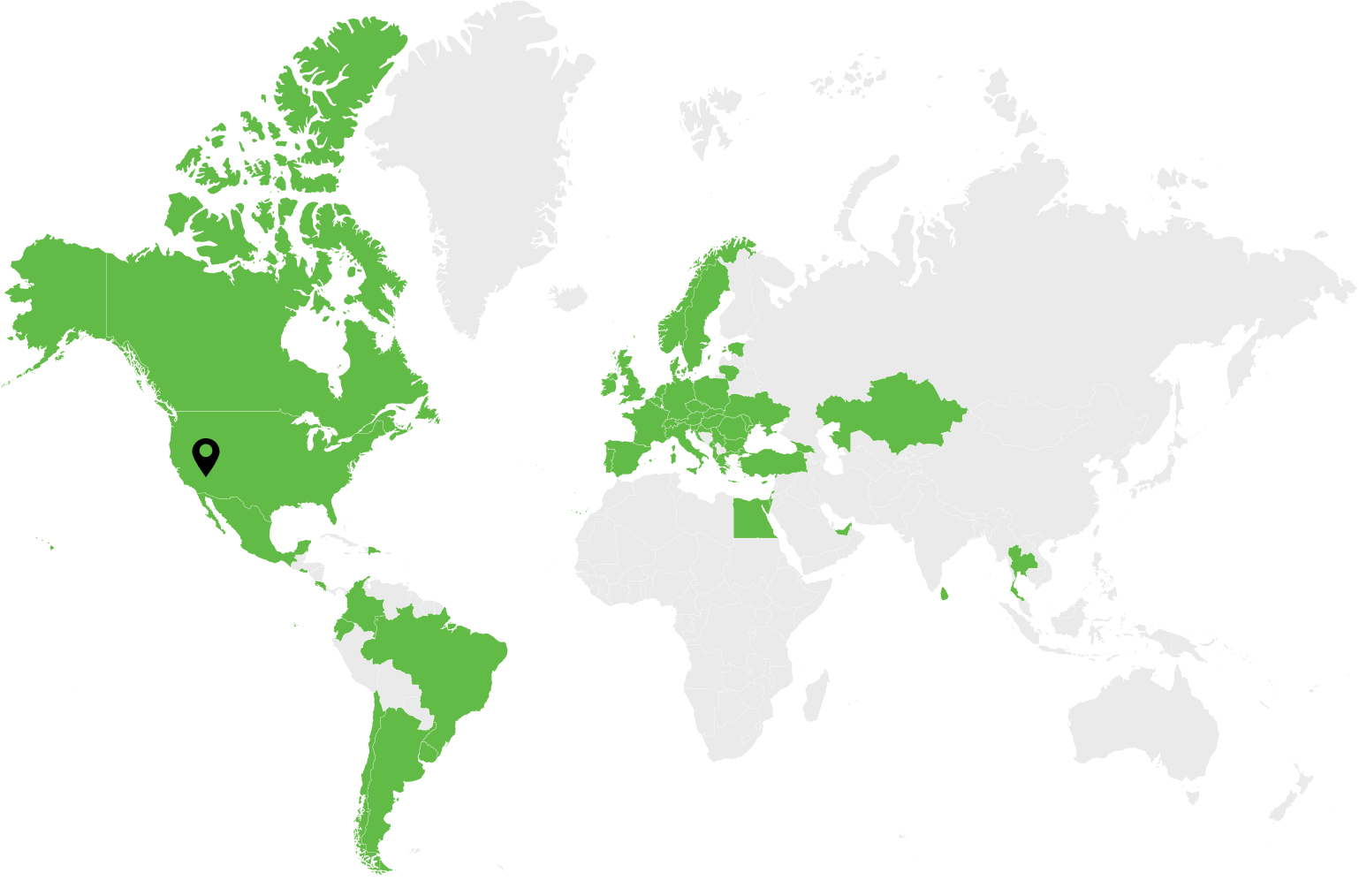Although agriculture is one of the world’s oldest industries, farmers struggle to drive profits in a challenging global economy. In recent years, the costs of inputs like fertilizers and pesticides have increased by up to 250%.
While it might be tougher right now to make money farming than at any time in history, the stakes are also much higher. The United Nations explains, “By 2050, the global population is expected to reach 9.8 billion.” As a result, farmers will have to grow about 70% more food to keep up with this explosive population growth.
Producers are adopting advanced tools like AI, IoT, and robotics to meet the demands of modern agriculture while still remaining profitable.
Biggest Challenges in the Agriculture Industry
Whether it be China, Mexico, or Brazil, agricultural producers worldwide face similar pressing concerns. Common problems include:
- Labor shortages
- Climate change
- Environmental impacts
- Supply chain disruptions
- Market pressures
Farmers, scientists, and engineers alike are looking for creative solutions to these challenges. This begs the question: Is agriculture the next frontier for digital transformation?
What is AgTech?
Short for agricultural technology, “AgTech encompasses innovations in agriculture aimed at improving efficiency, profitability, sustainability, and resilience. It includes sensors, robotics, automation, and artificial intelligence.” In AgTech, devices are often integrated into a larger network where they connect and communicate with each other.
Types of AgTech in Use Today
From seed to sale, AgTech can positively impact every aspect of the crop production supply chain. Common types of AgTech in use today include:
- Crop management software
- Robotics
- Drones
- Irrigation systems
- AI & machine learning (ML)
- Environmental sensors
While certain producers might only use a single device, like a drone, others implement a complex mix of technologies for precision crop production.
Use Case: Real-Time Crop Monitoring
With an integrated network of sensors and dashboards, AgTech allows farmers to monitor crops more accurately than ever imagined with traditional human labor.
On a single farm, tractors are equipped with IoT devices for fertilization, weather stations monitor environmental conditions, and cattle tags track individual animals. Similarly, sensors detect moisture levels in the soil for precision irrigation, while drones fly over fields to capture detailed readings of crop growth patterns.
Data collected by drones, sensors, and other IoT devices is transmitted to an interface or dashboard. Finally, crop management software organizes this information to help farmers monitor crops and make informed decisions.
Use Case: Crop Forecasting
Advanced AI technologies forecast crop performance based on the data gathered from past yields and current crops. Popular examples include:
- ML predicts potential yield losses by analyzing the likelihood of disease outbreaks or pest infestations under specific environmental conditions.
- ML generates yield predictions by factoring in historical data, weather patterns, soil conditions, and pest trends.
- Predictive analytics forecast crop maturity dates, allowing farmers to schedule harvest labor needs more accurately.
Use Case: Labor & Automation
Labor shortages among U.S. farmers rose from 14% in 2014 to 41% in 2018 and hit an all-time high of 53% during the pandemic. In response, automation is helping farmers address labor shortages during the entire crop lifecycle:
- Planting: Autonomous tractors and robotic seeders streamline planting operations with minimal human input.
- Crop Management: IoT-connected sensors monitor soil conditions, moisture levels, and crop health so farmers can irrigate and fertilize fields remotely.
- Harvest: Autonomous combines and robotic pickers help harvest crops, thus lessening the need for large seasonal workforces.
Final Thoughts
Today’s farmers face historically tough conditions, but their success has never been more critical to the future of our world. Not only must they deal with the unpredictability of climate change, but they also have to account for labor shortages and changing market pressures.
While more farmers are beginning to embrace technologies like IoT and AI, many are struggling to keep up with digital transformation initiatives. In North America, 52% of farmers point to high costs and 40% to uncertain ROI as the main barriers to adopting modern technologies. Since large knowledge gaps exist for older generations of farmers, it can be difficult for them to see the value in digital tools.
All things considered, empowering farmers with the right tools and expertise for digital transformation is essential for securing the future of global food production.
Builder Smarter AgTech Solutions with Dev.Pro
Dev.Pro helps agriculture businesses tackle the challenges of modernization by keeping costs low and showing a clear ROI for every project. Our flexible outsourcing and outstaffing models make it easy and affordable to build cloud-native platforms with cutting-edge integrations like AI and IoT. Don’t let knowledge gaps get in the way of important digital transformation initiatives. Contact us today!

